Owhyee Dam Project 1928 - 1935
Owyhee Dam is a concrete, thick-arch structure which was designed to carry about three-fourths of the water load by arch action, and the remainder by gravity action. The dam rises 417 feet above foundation in the river section, and 530 feet above the low point of the excavated fault zone.
At the time of its construction, Owyhee ranked as the world`s highest dam. The arch section is 623 feet long, and a gravity tangent extends 210 feet to the right abutment. The total capacity of Lake Owyhee is 1,120,000 acre-feet (active 715,000 acre-feet).
Owyhee Dam became a proving ground for theories being developed to assist with the design and construction of Hoover Dam, whose unprecedented size - it would tower more than 300 feet higher than Owyhee - required totally new construction methods. The trial load method of design, developed first for Pathfinder and Buffalo Bill Dams, was refined in the design of Owyhee Dam and, later, Hoover Dam. Cooling methods, necessary to remove excess heat of cement hydration from mass concrete and bring a dam to stable temperatures, were carefully studied. A 28-foot-square section extending through the dam was cooled artificially by circulating river water through 1-inch pipes spaced at 4-foot intervals.
Water for irrigation is diverted through a horseshoe-type tunnel 16 feet 7 inches in diameter and 3.5 miles long. This tunnel heads in the reservoir 80 feet below normal maximum water surface.
The needle valves in the outlet works were replaced by the jet flow gates in 1991 as a part of an operation and maintenance modifications program.










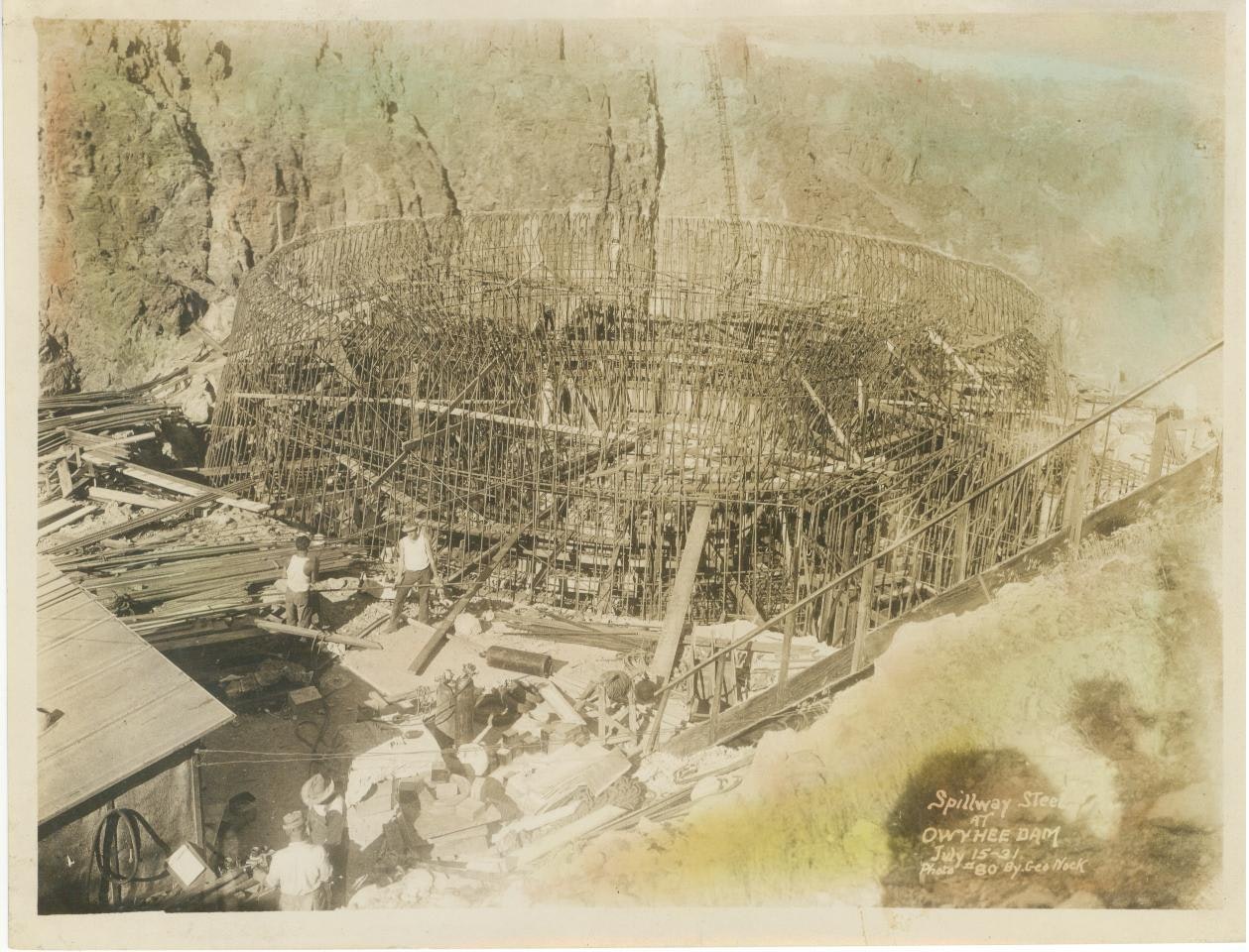











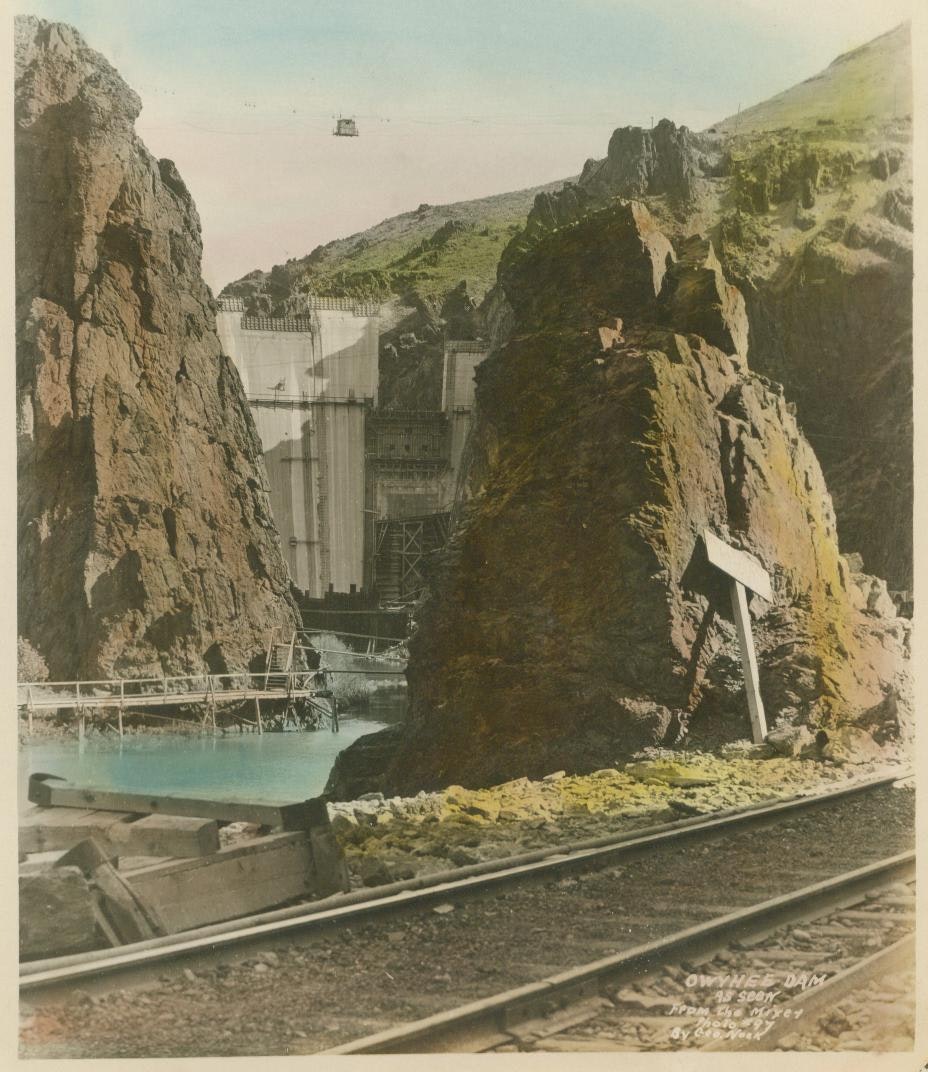

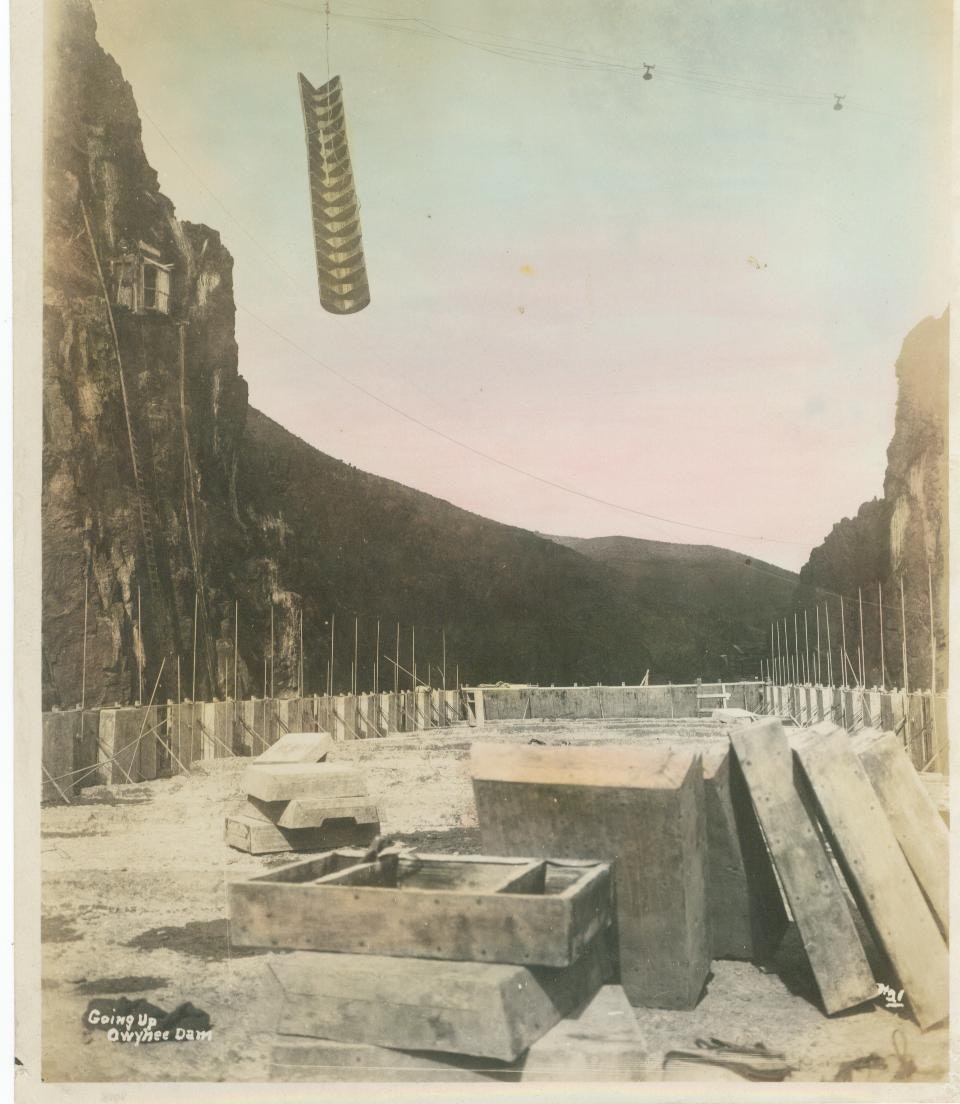


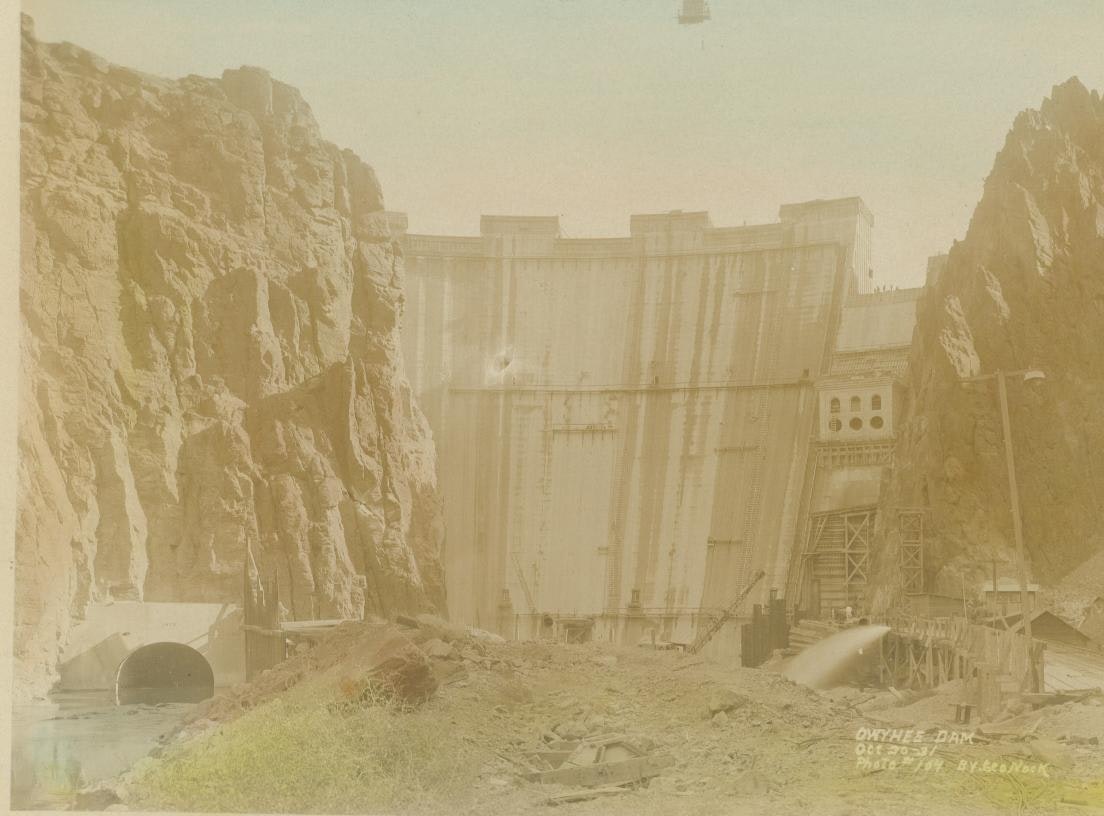










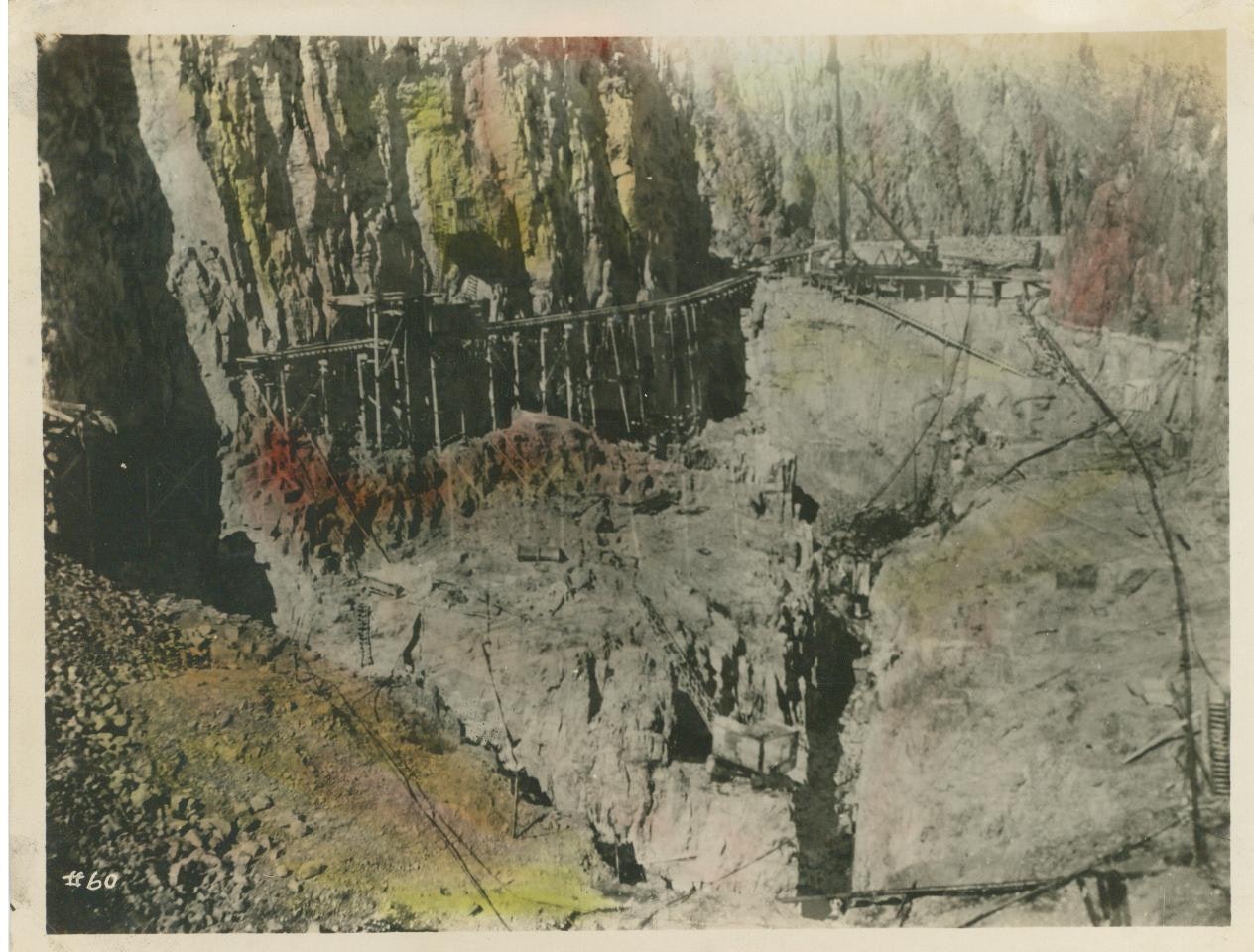

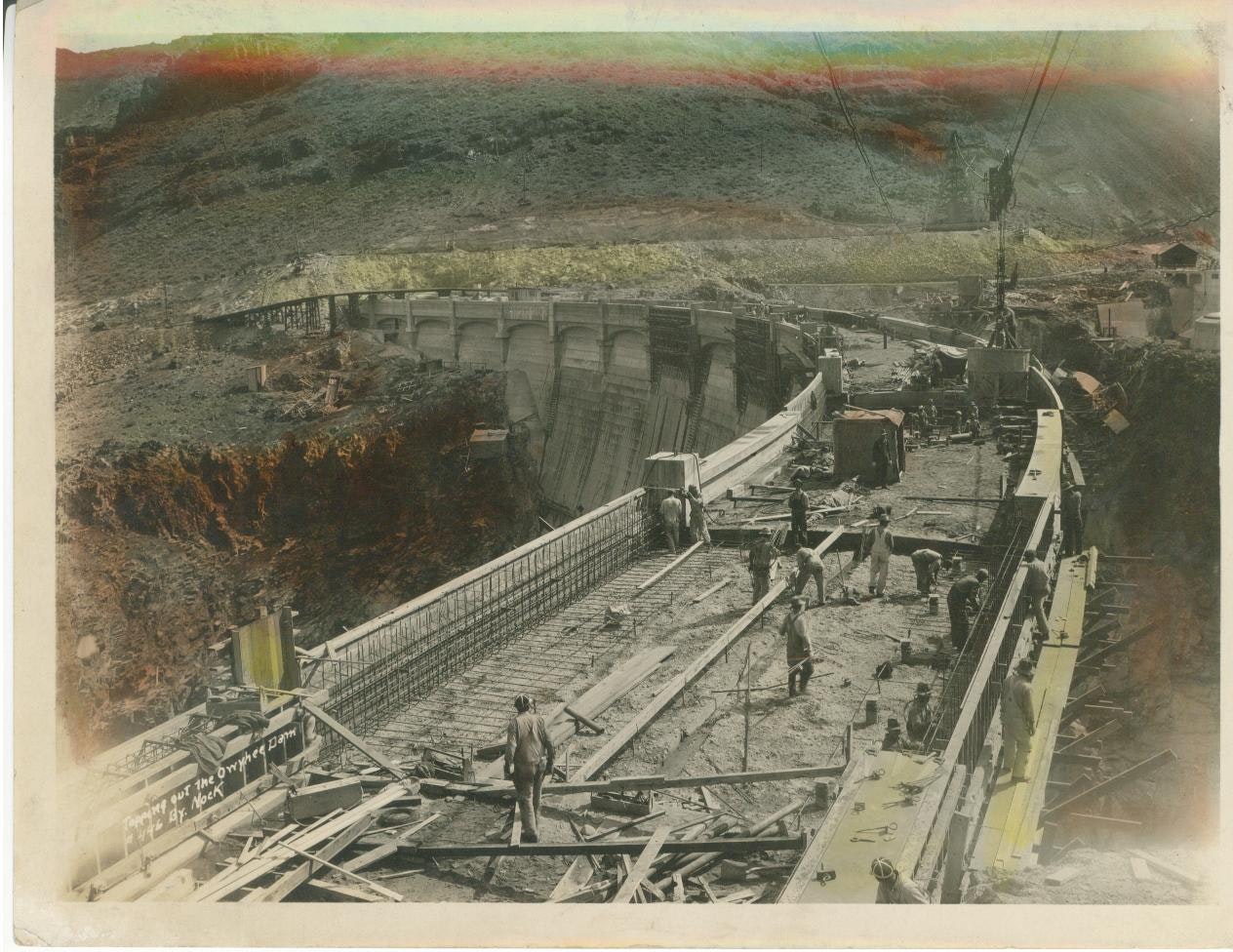


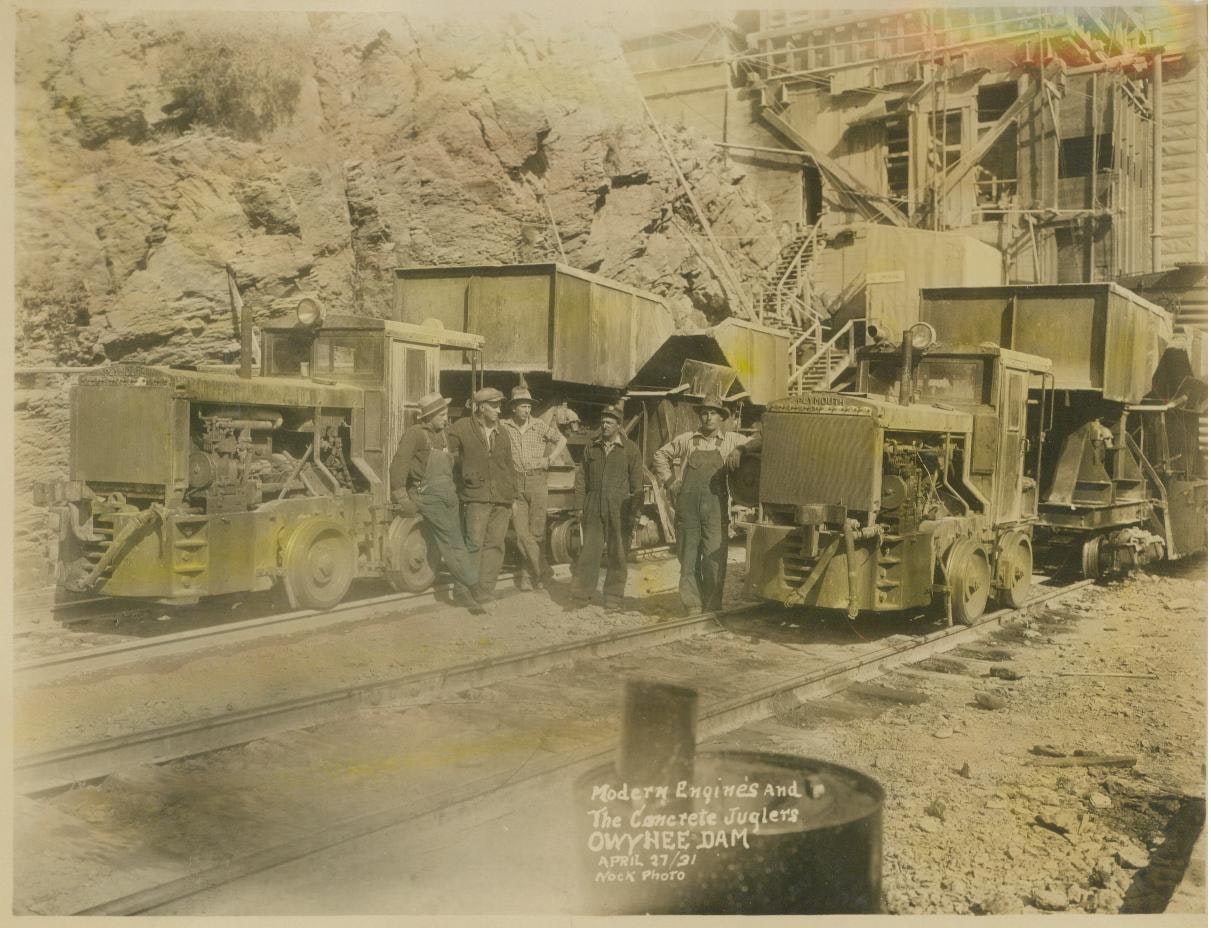

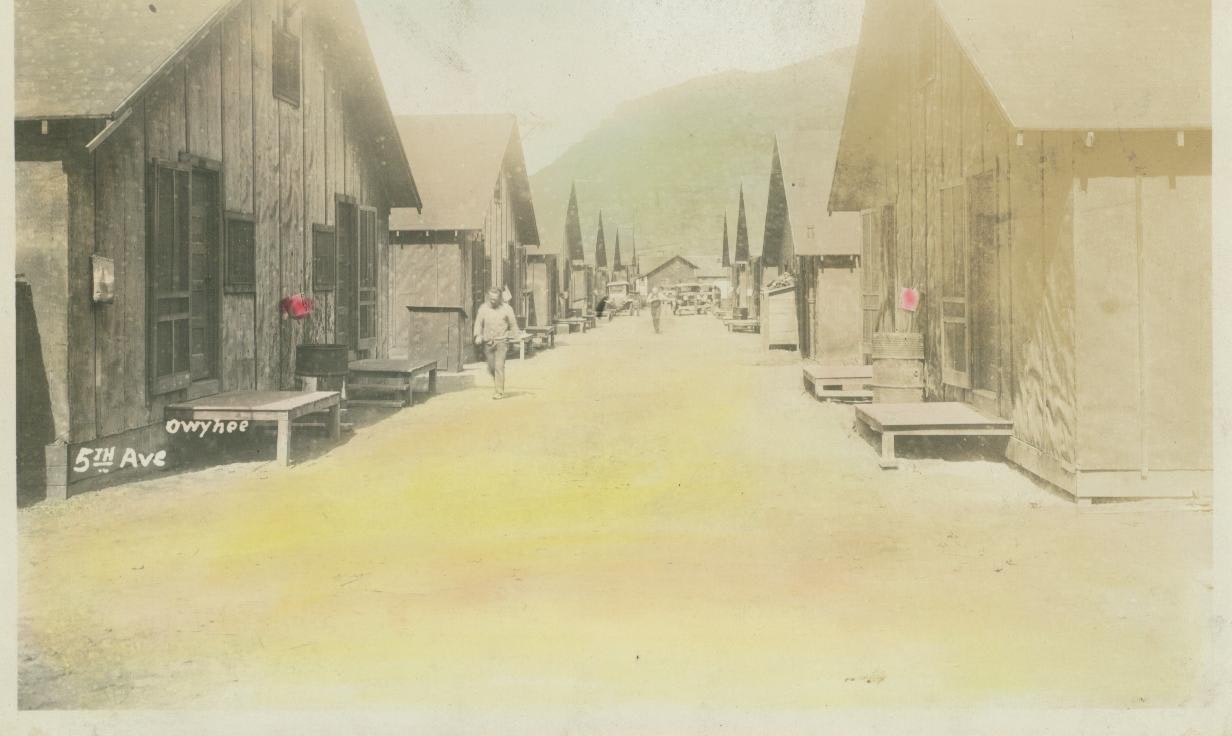
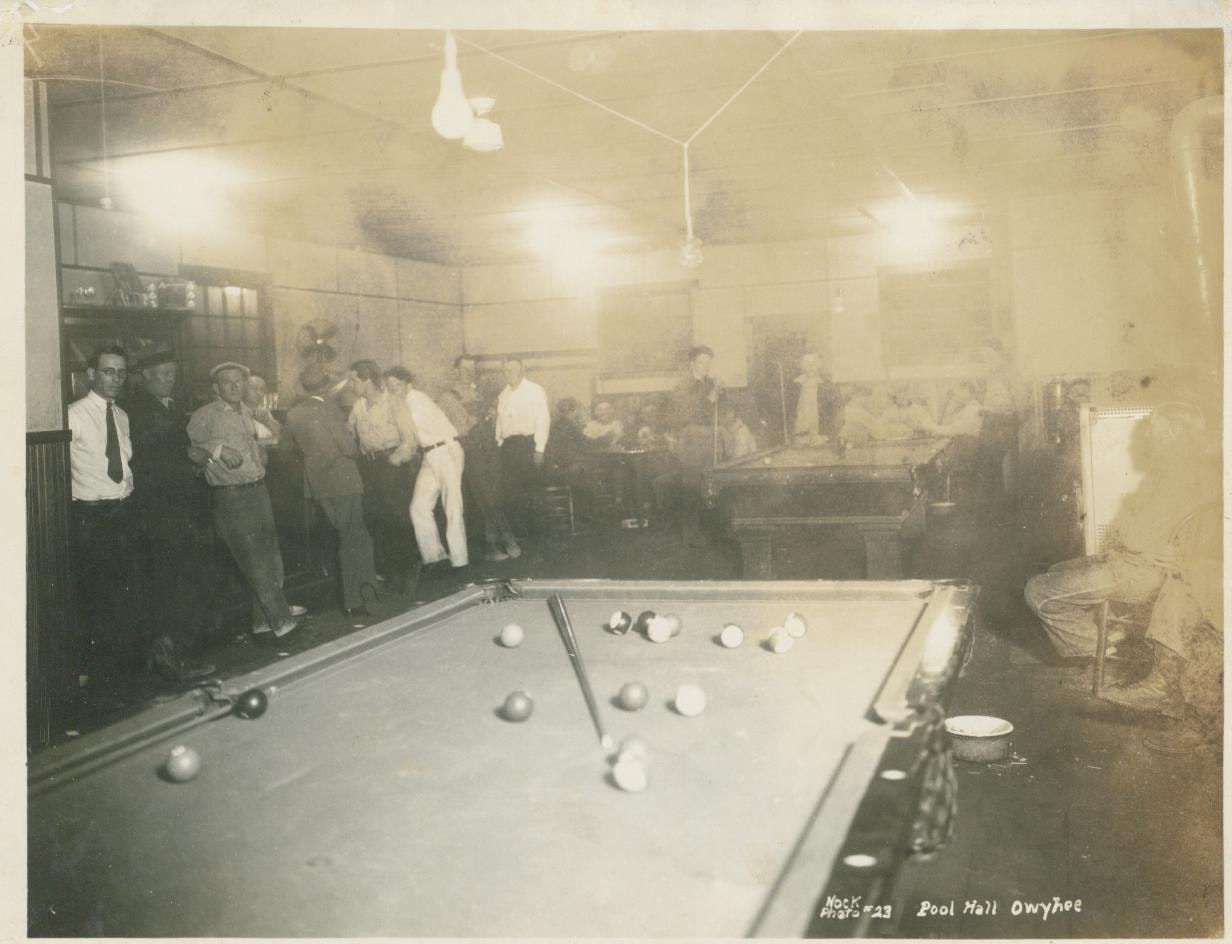

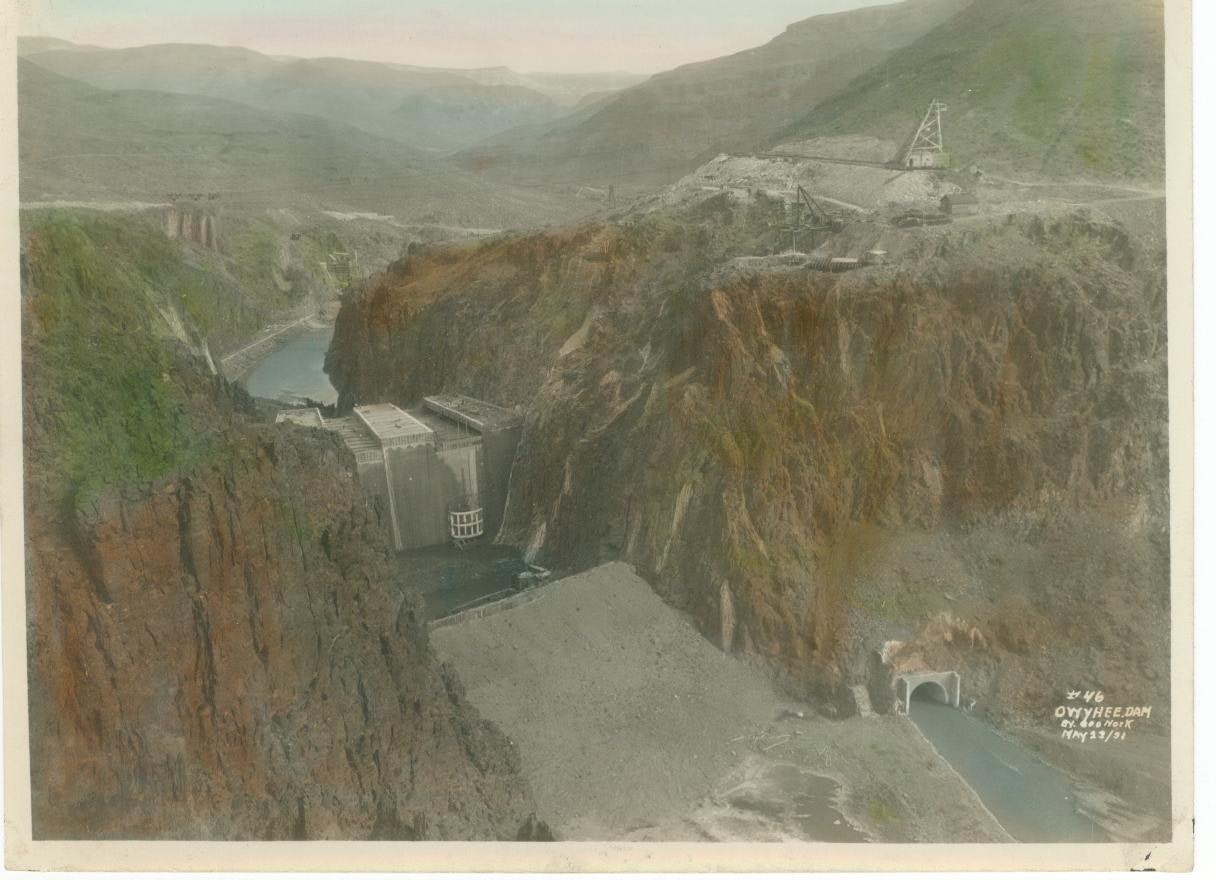




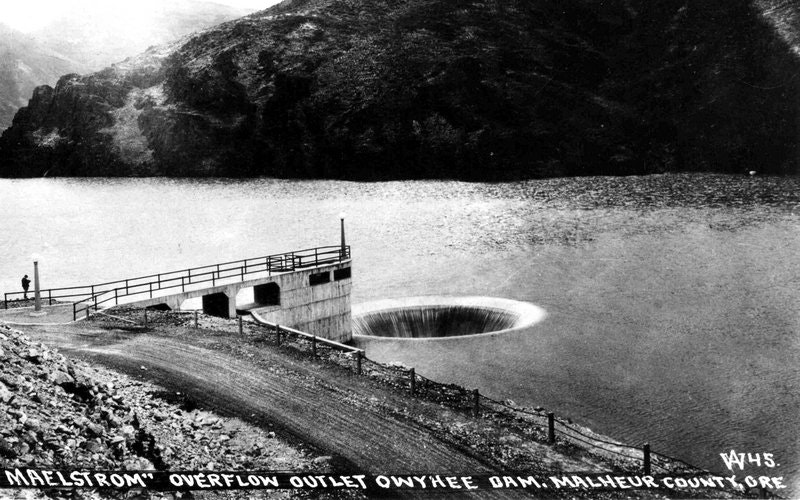
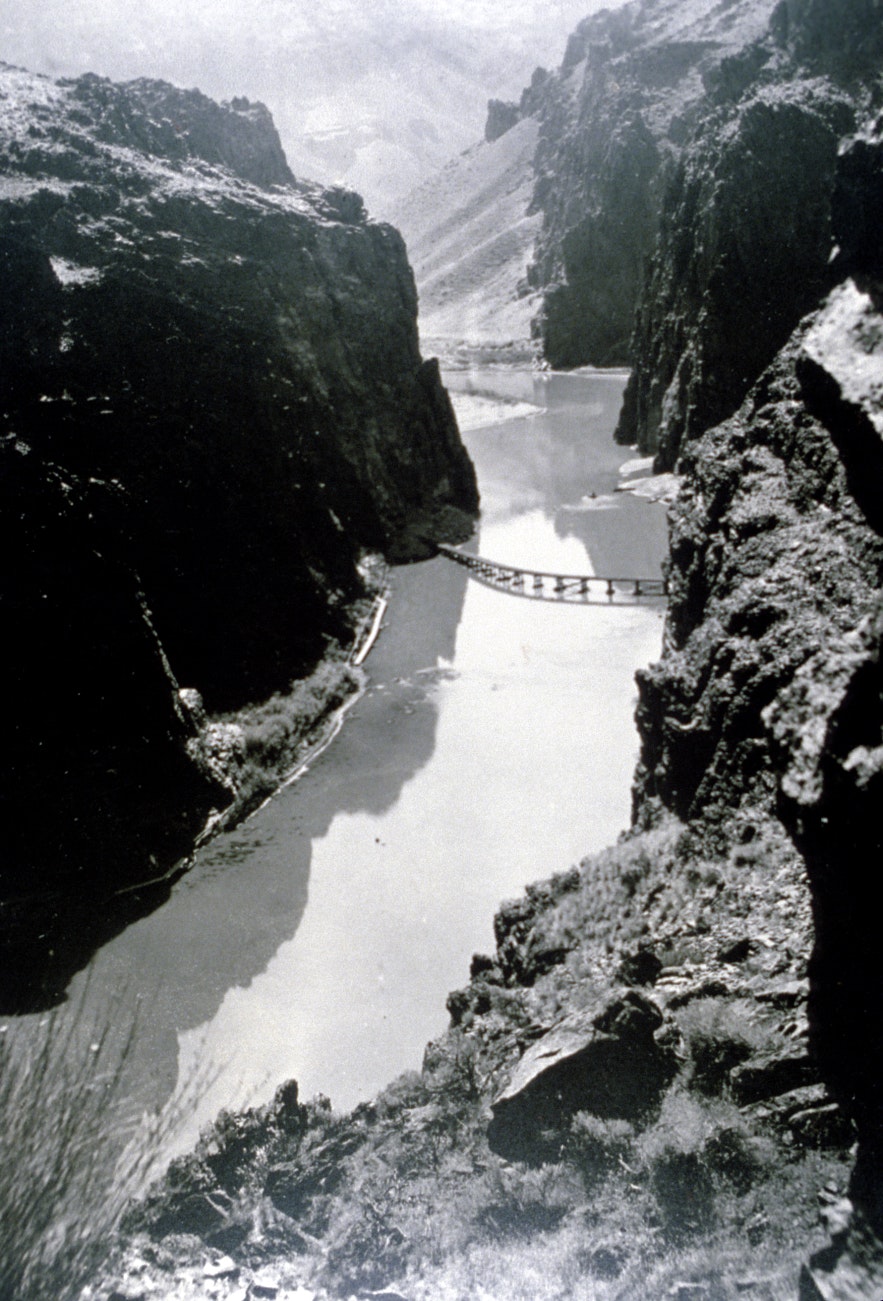

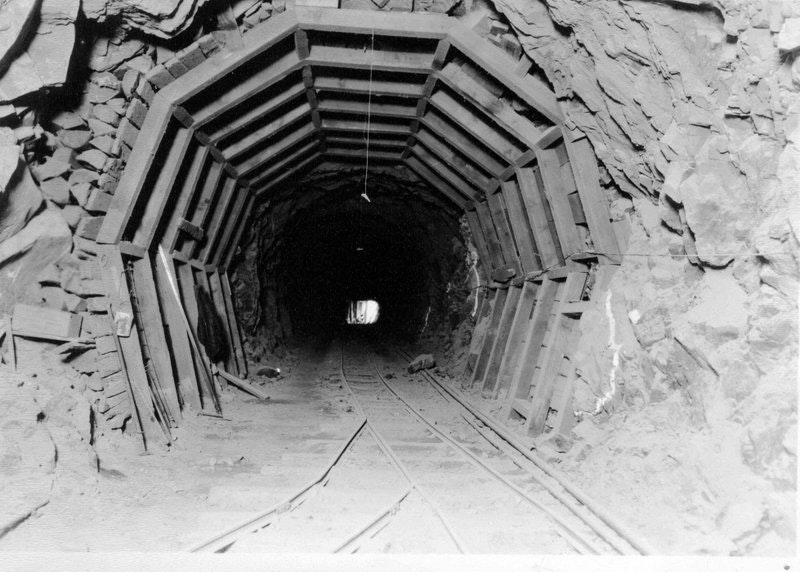


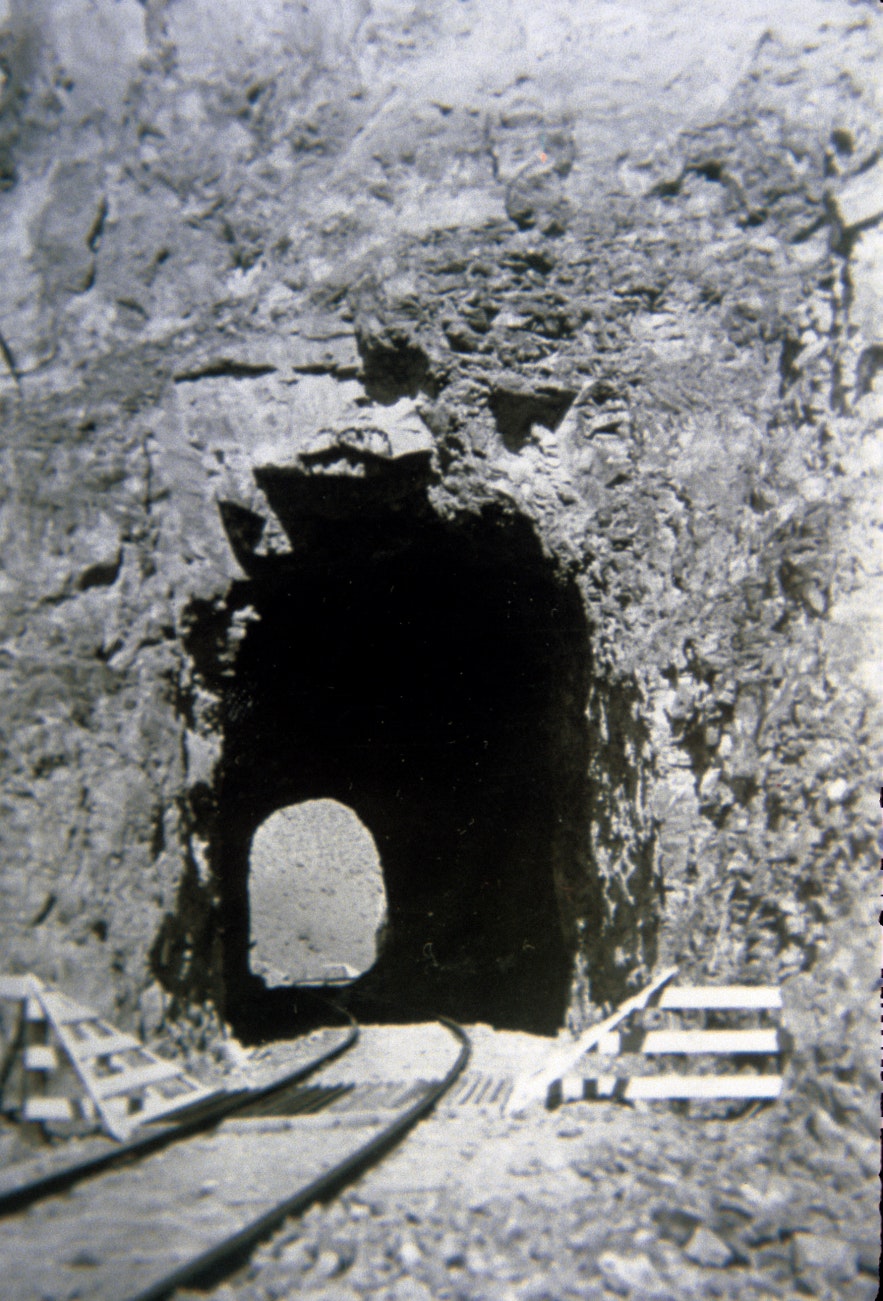


.jpg?ixlib=rb-1.1.0&w=2000&h=2000&fit=max&or=0&s=08caa2400e39a8f31f4b9c30ba7504db)


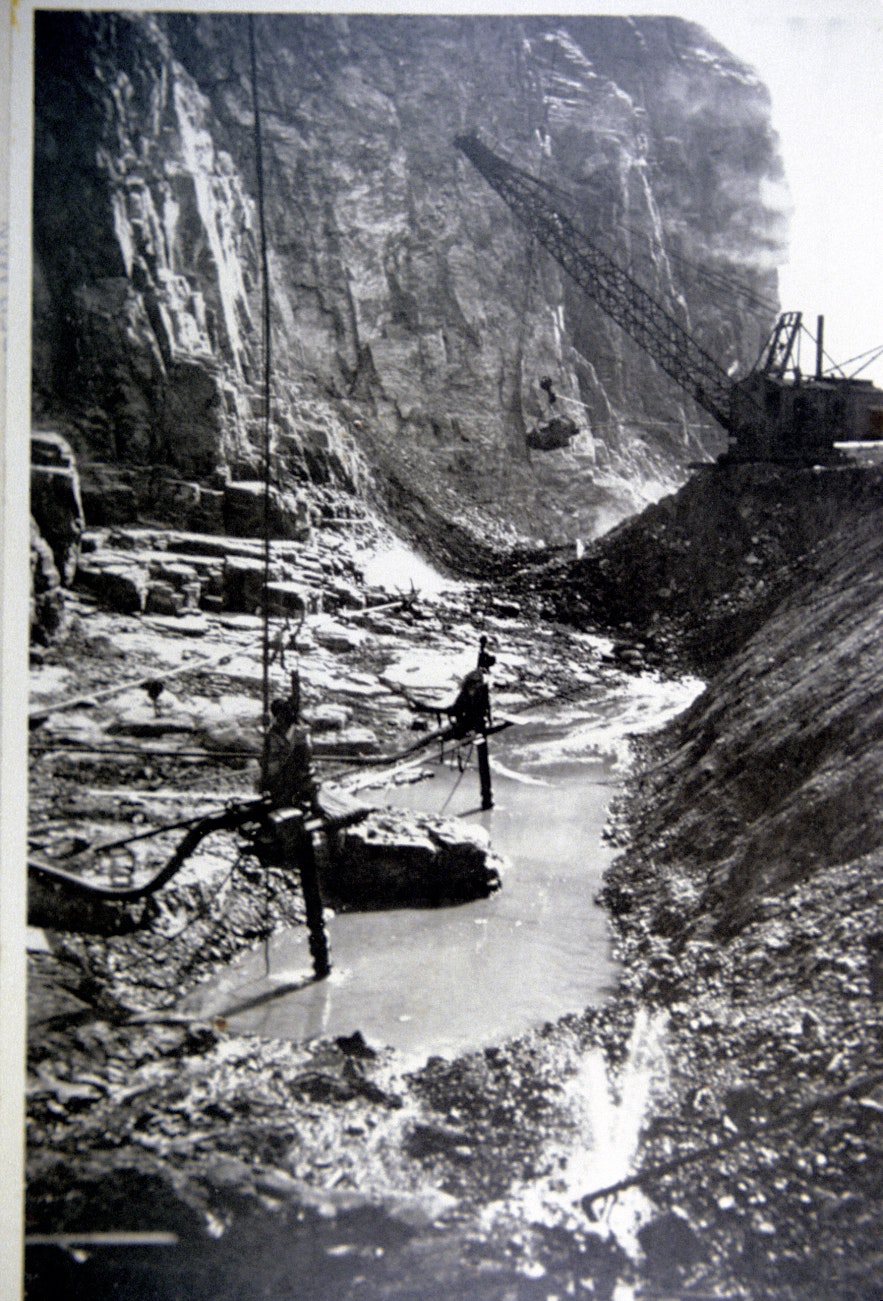
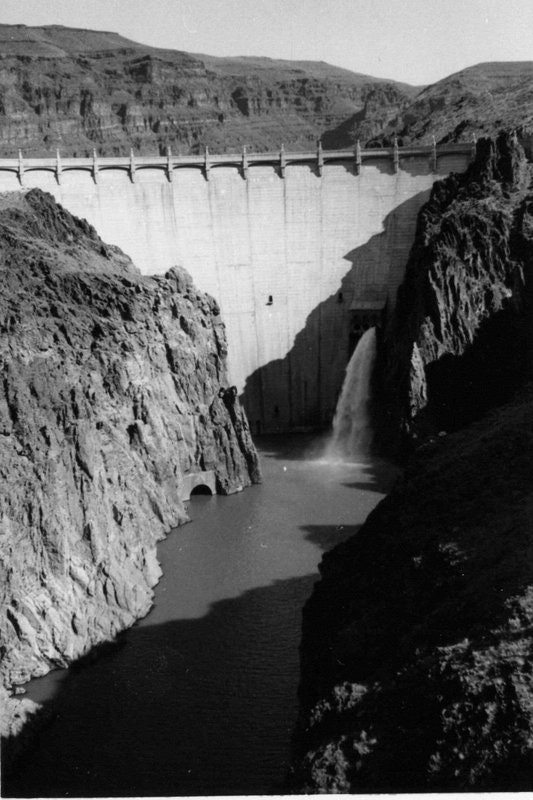

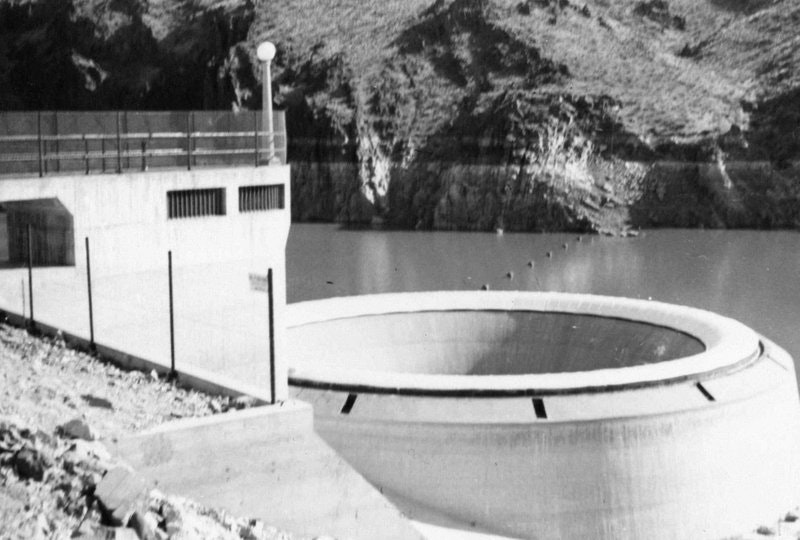
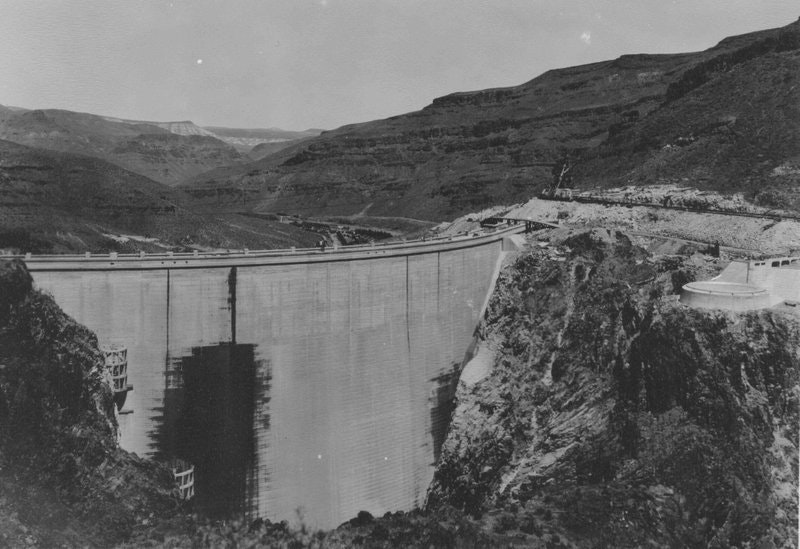

,%20Owyhee%20Dam%20Const-001.jpg?ixlib=rb-1.1.0&w=2000&h=2000&fit=max&or=0&s=8ea6d4e795296ba07eae59523fcd4796)



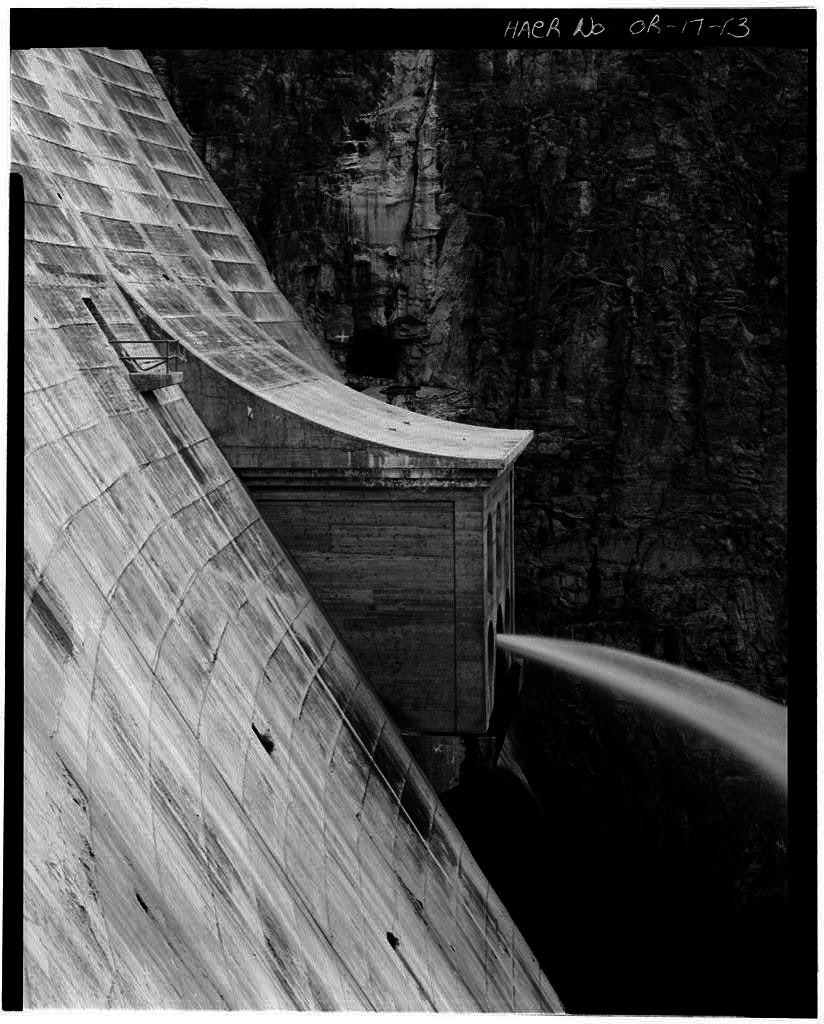
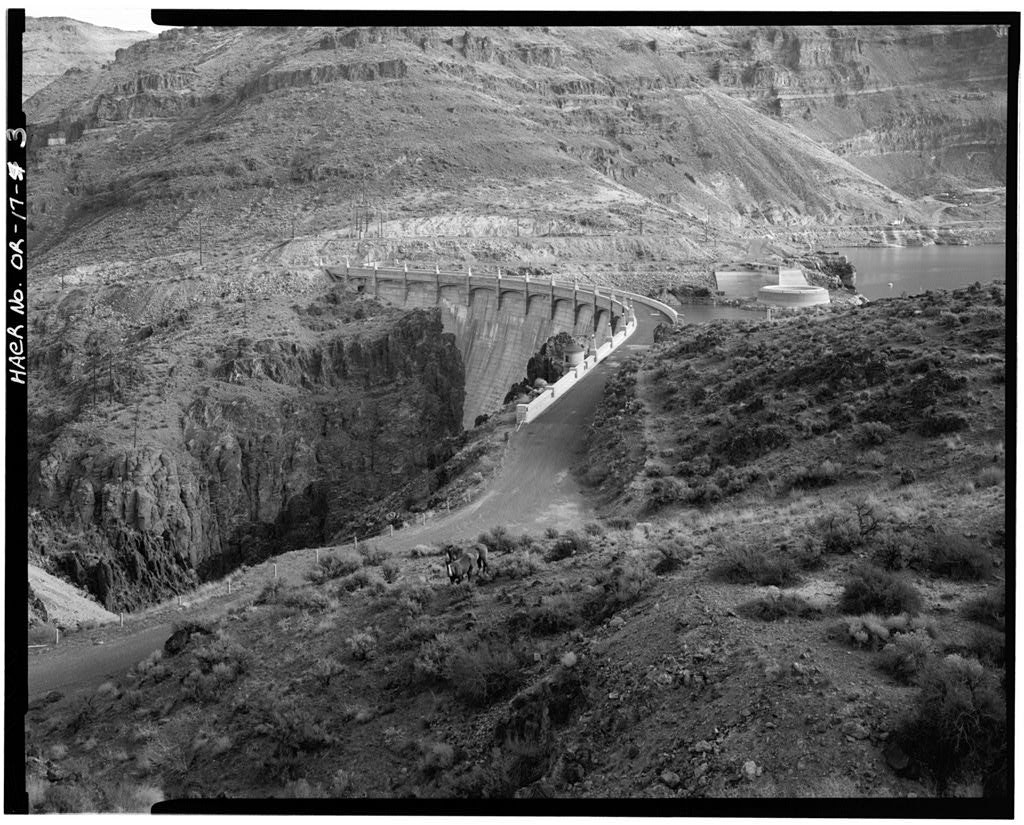


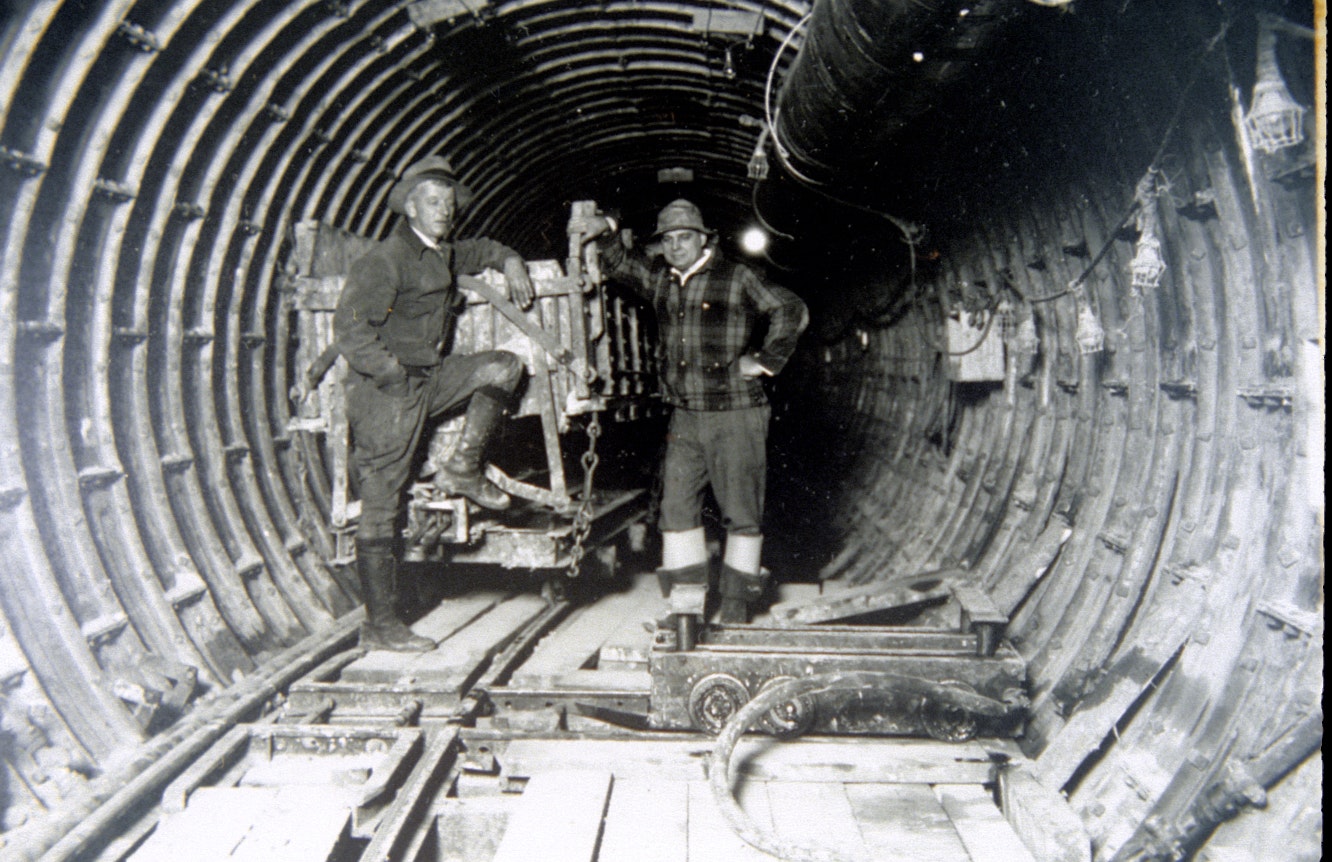


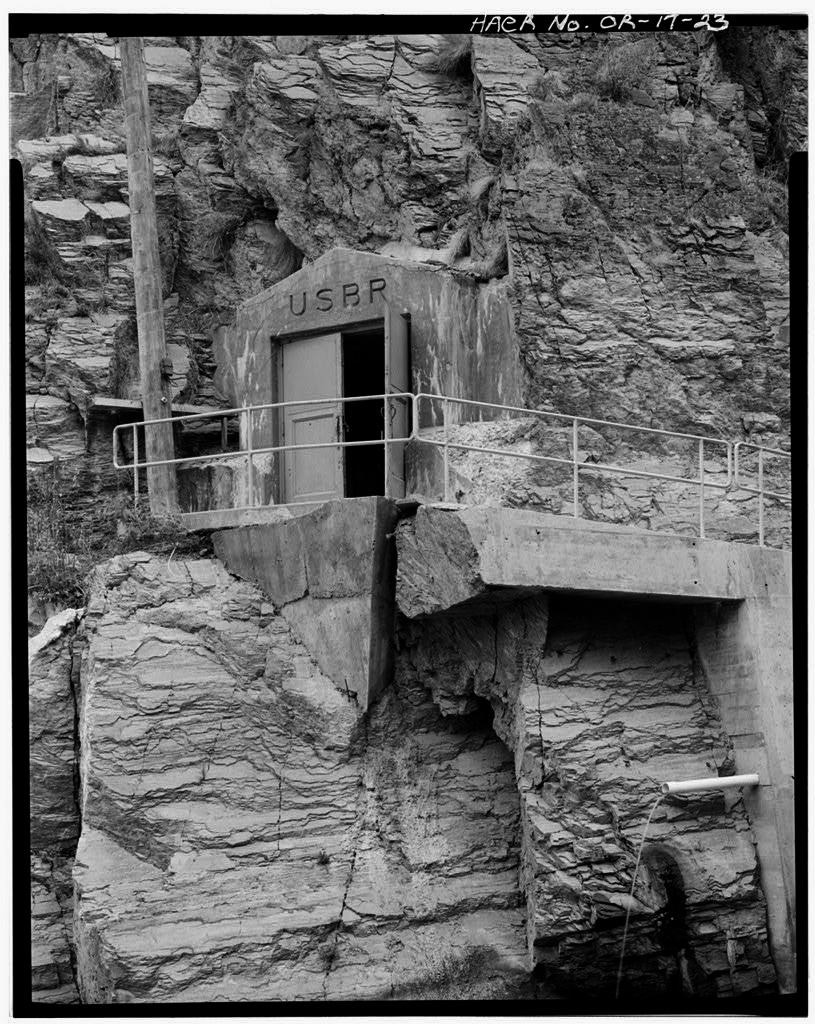


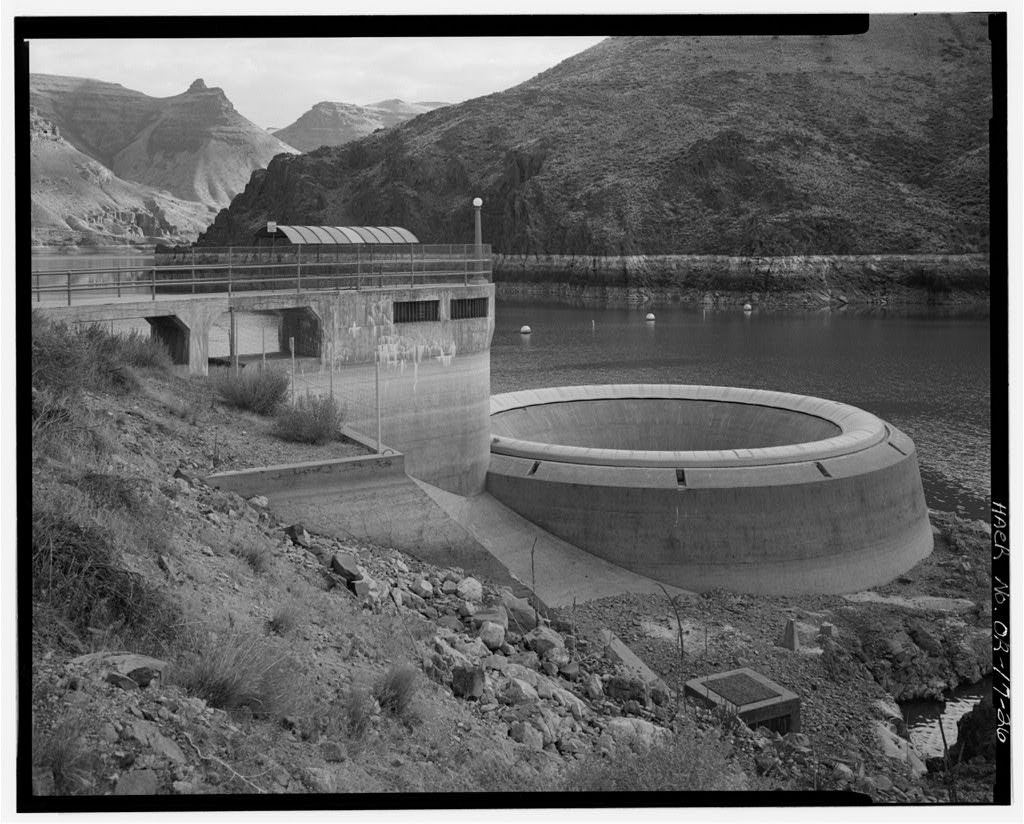














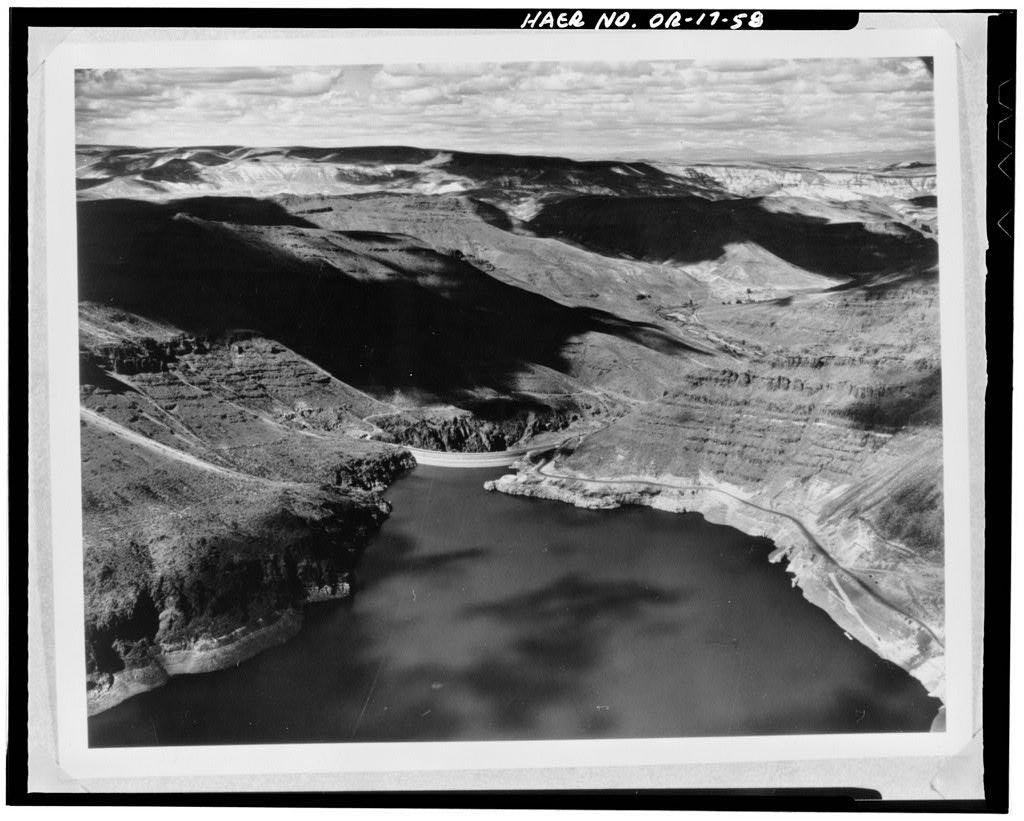
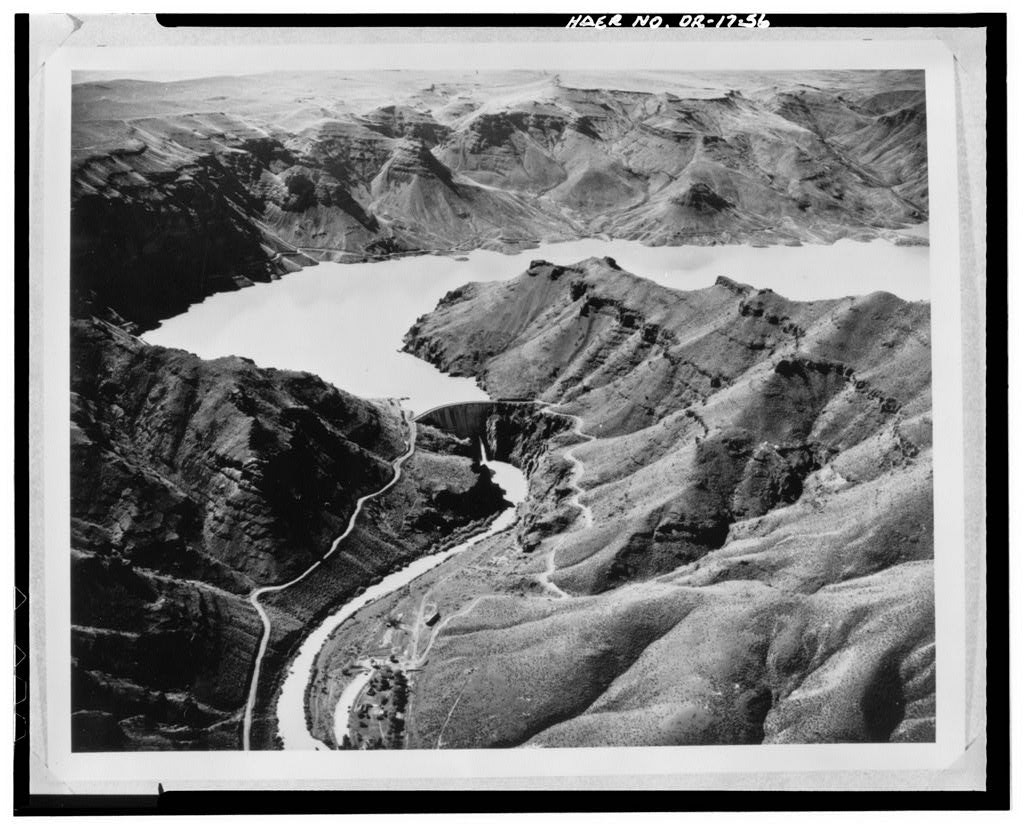
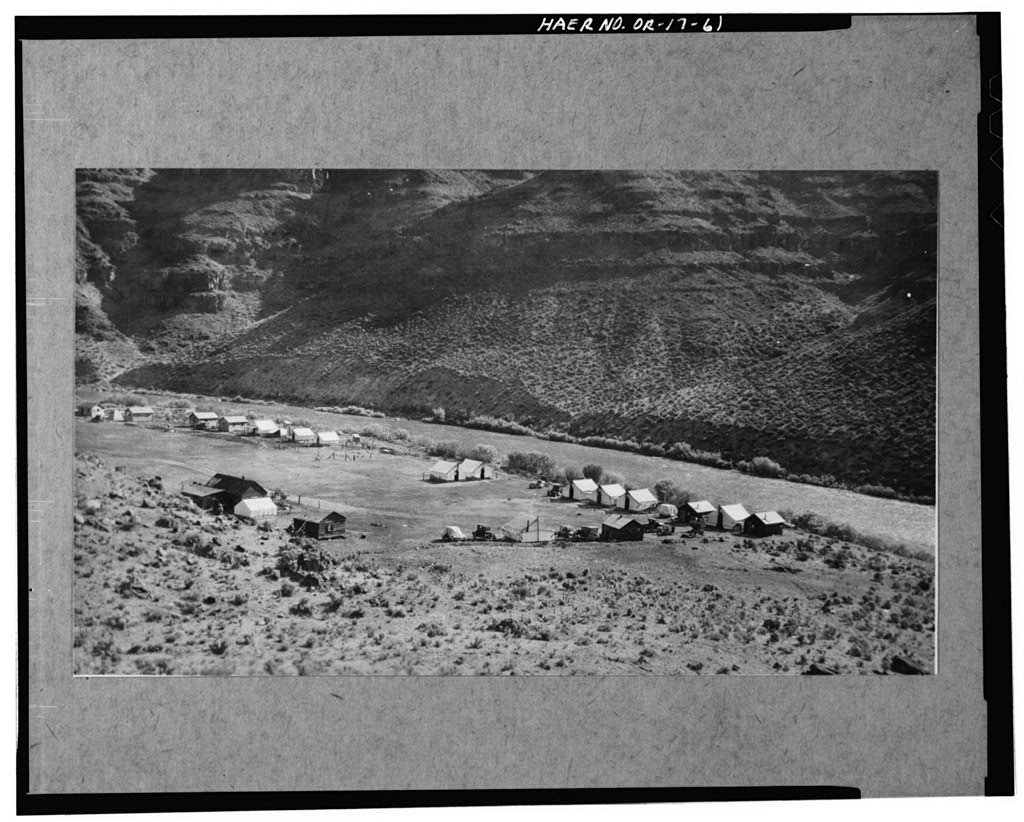
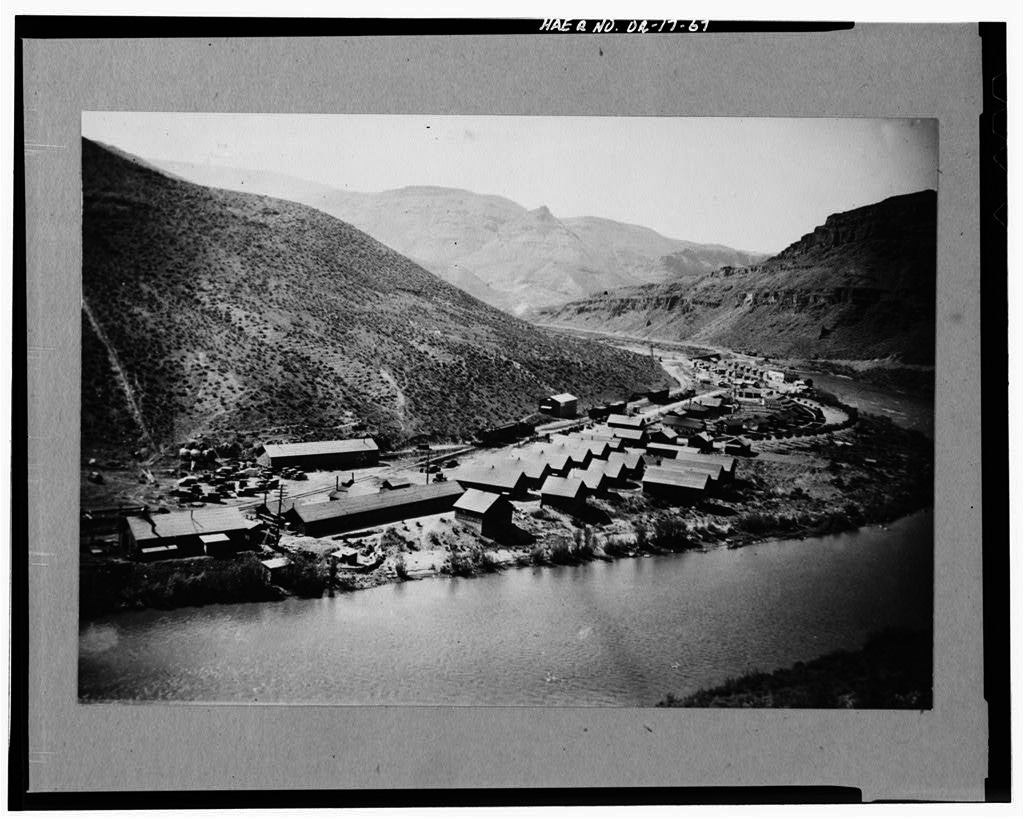
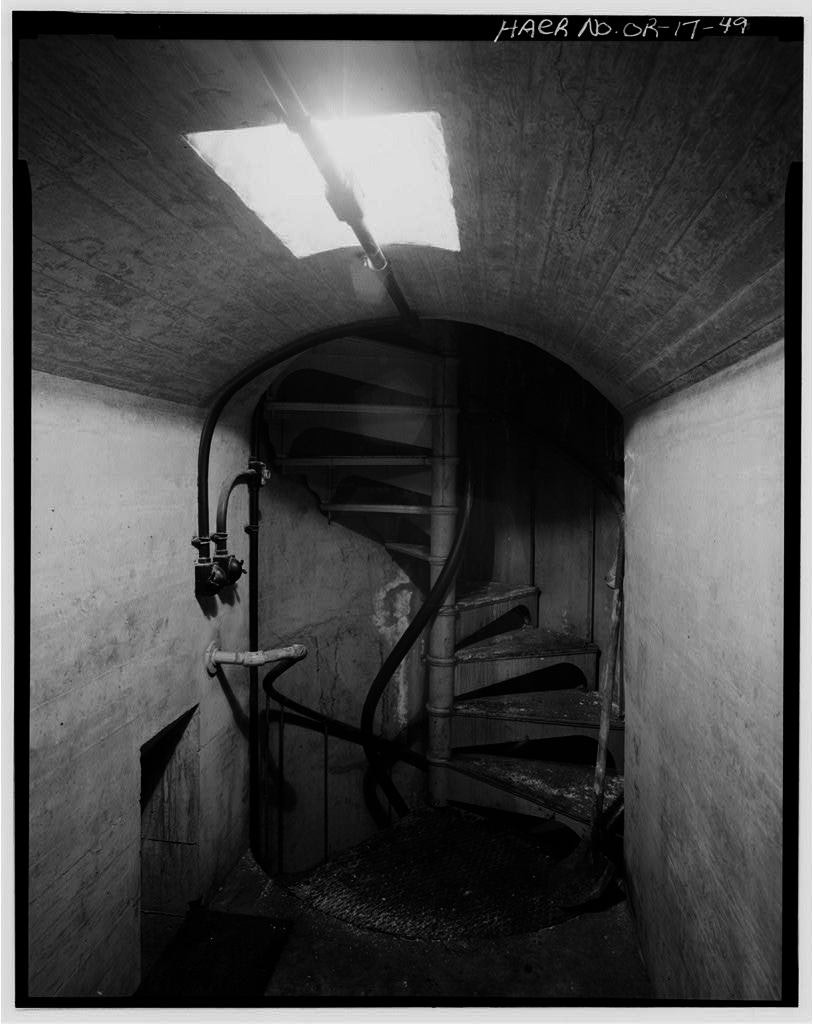
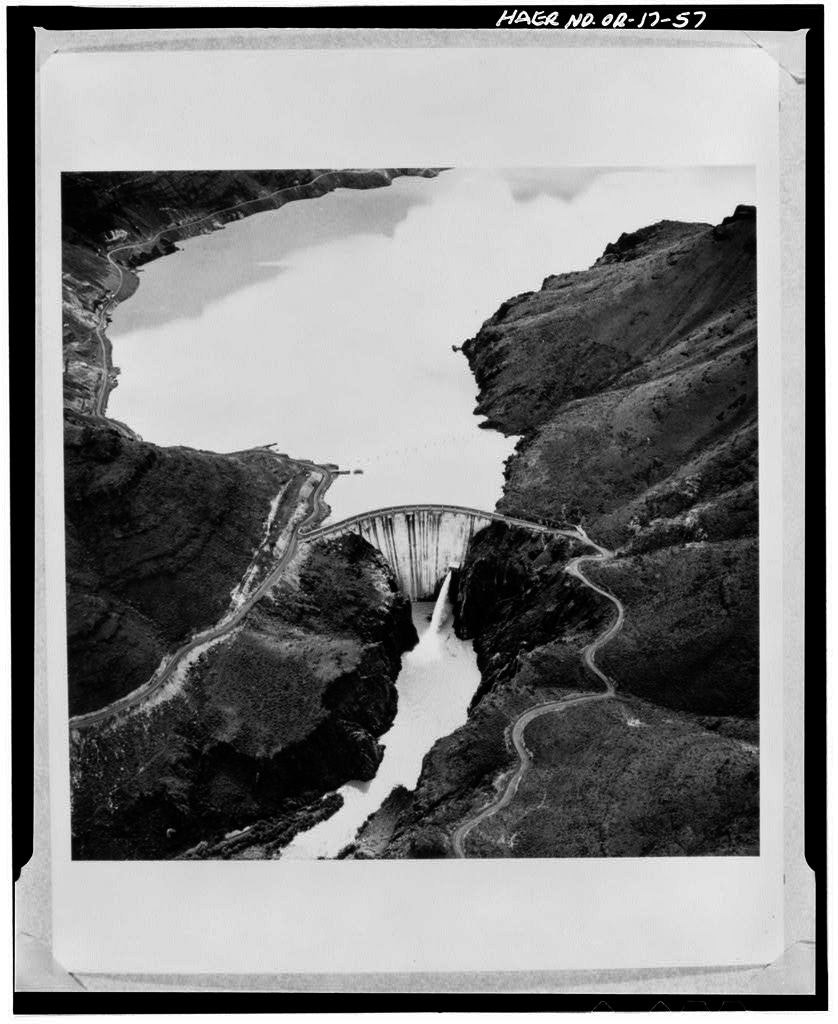


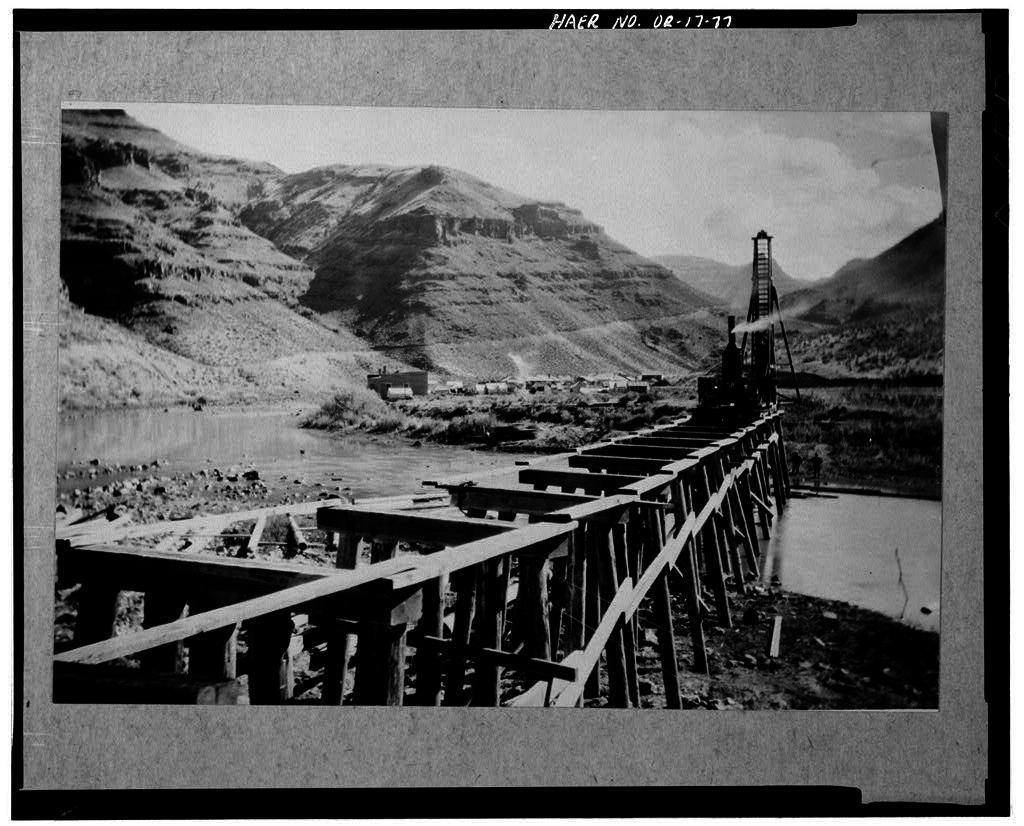






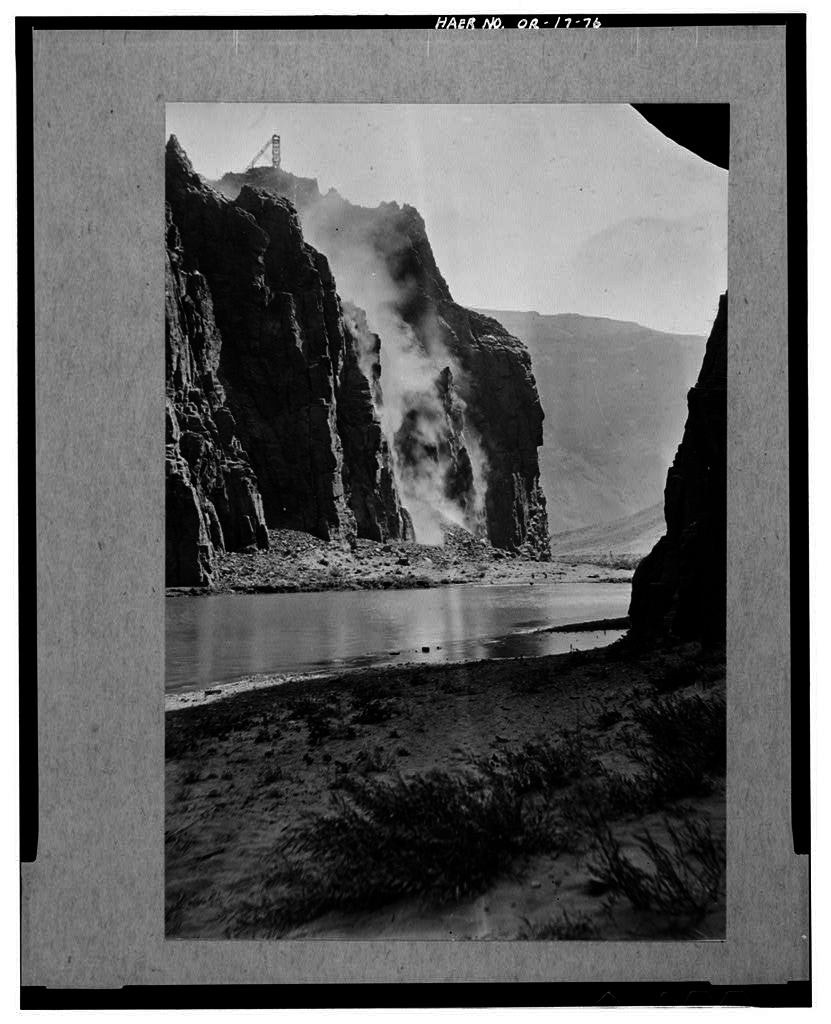



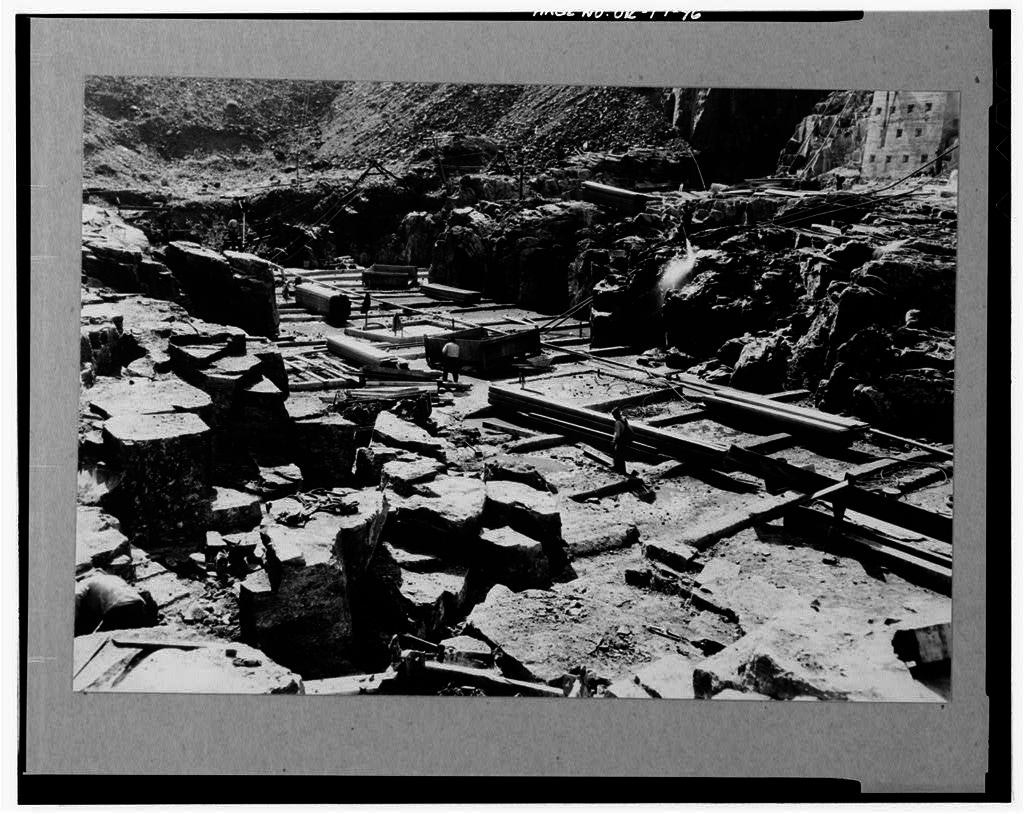











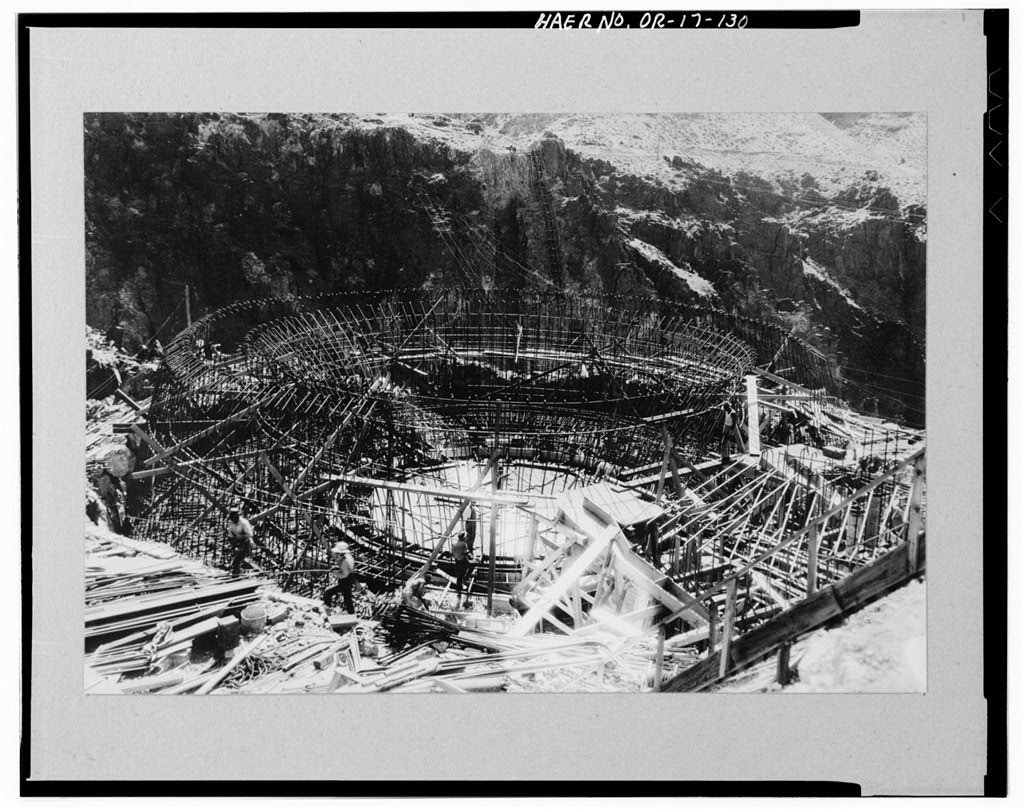
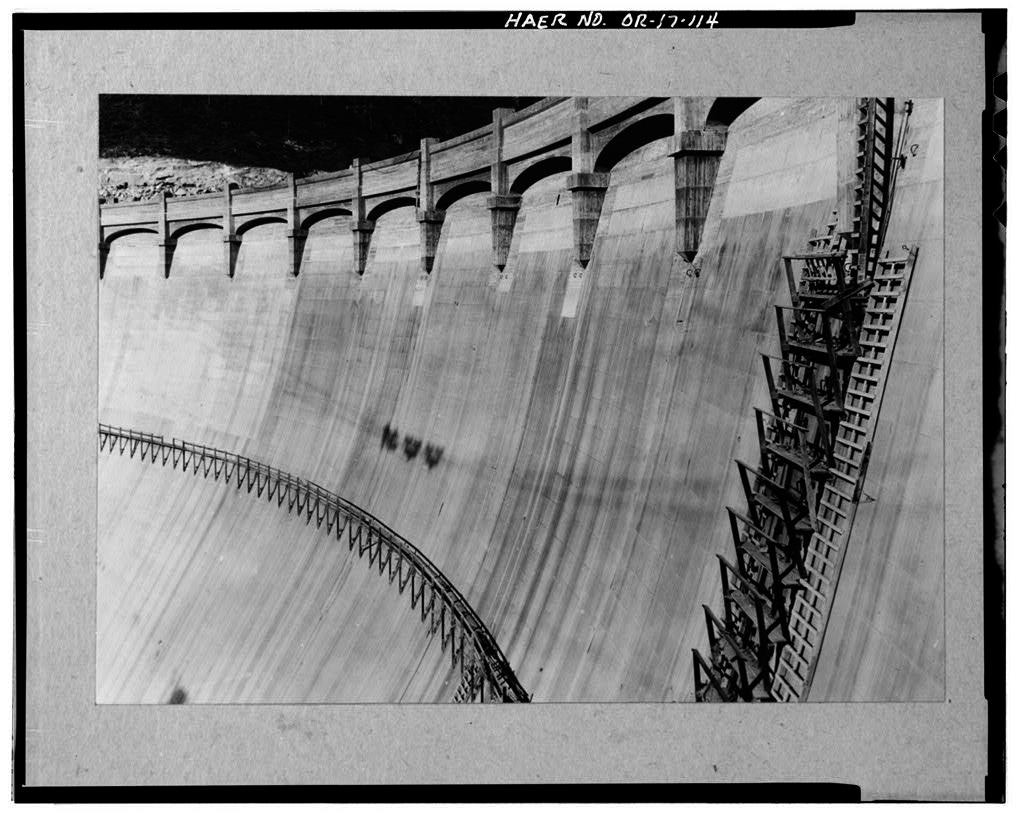
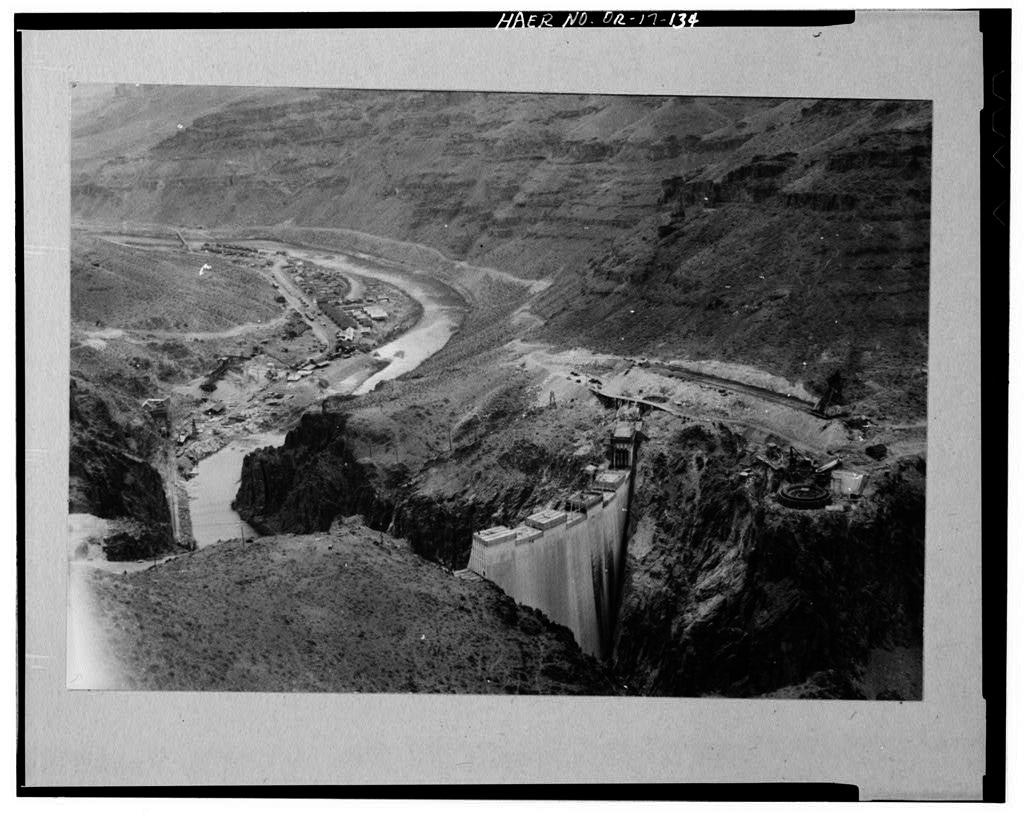
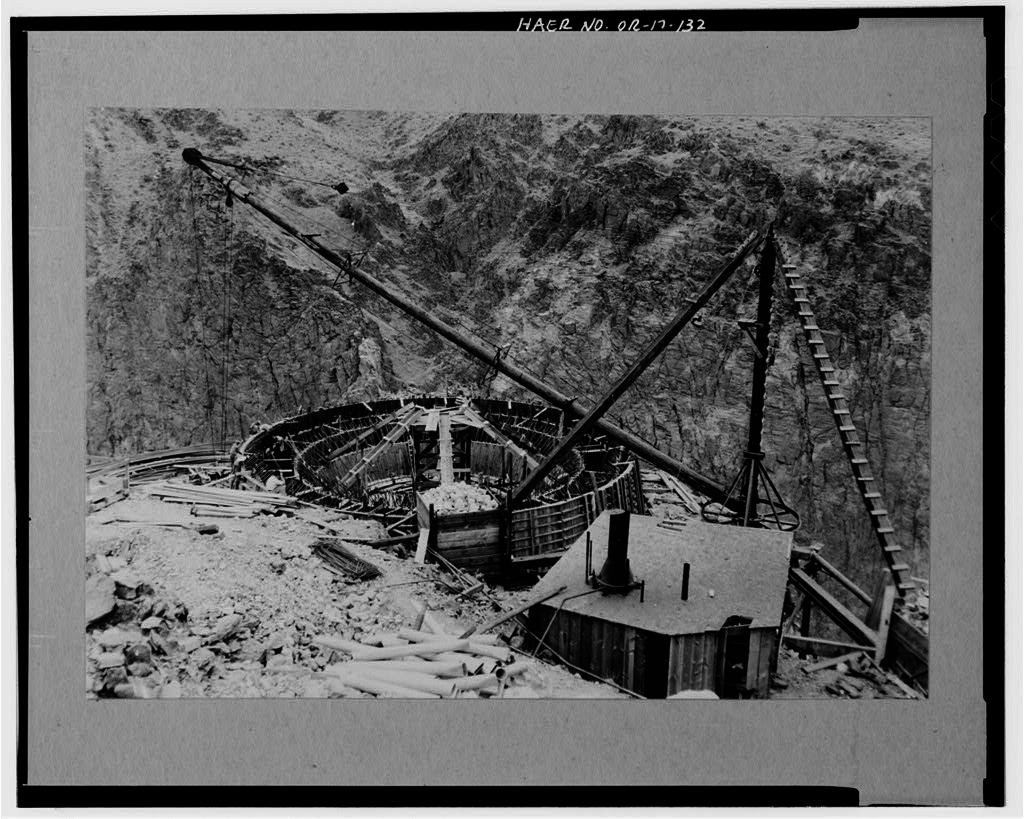



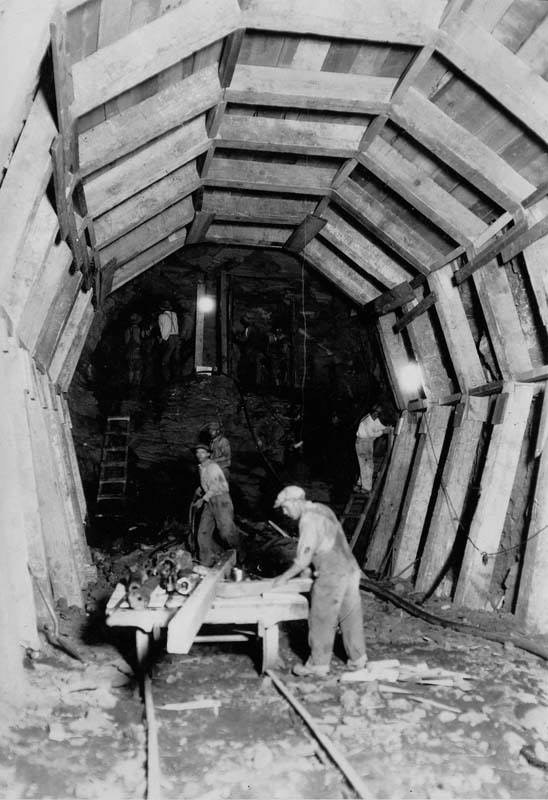


































































.jpg?ixlib=rb-1.1.0&w=2000&h=2000&fit=max&or=0&s=08caa2400e39a8f31f4b9c30ba7504db)








,%20Owyhee%20Dam%20Const-001.jpg?ixlib=rb-1.1.0&w=2000&h=2000&fit=max&or=0&s=8ea6d4e795296ba07eae59523fcd4796)







































































For more details about the Owyhee Dam & Owyhee Irrigation Progject, visit The Bureau of Reclamation Website
